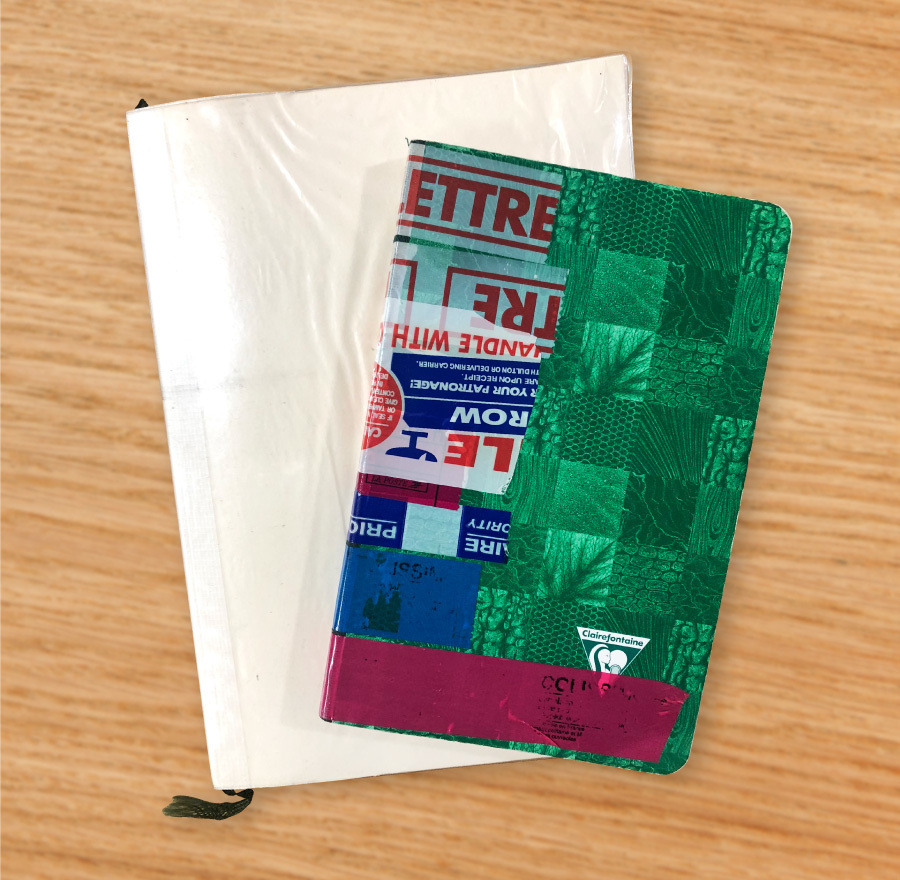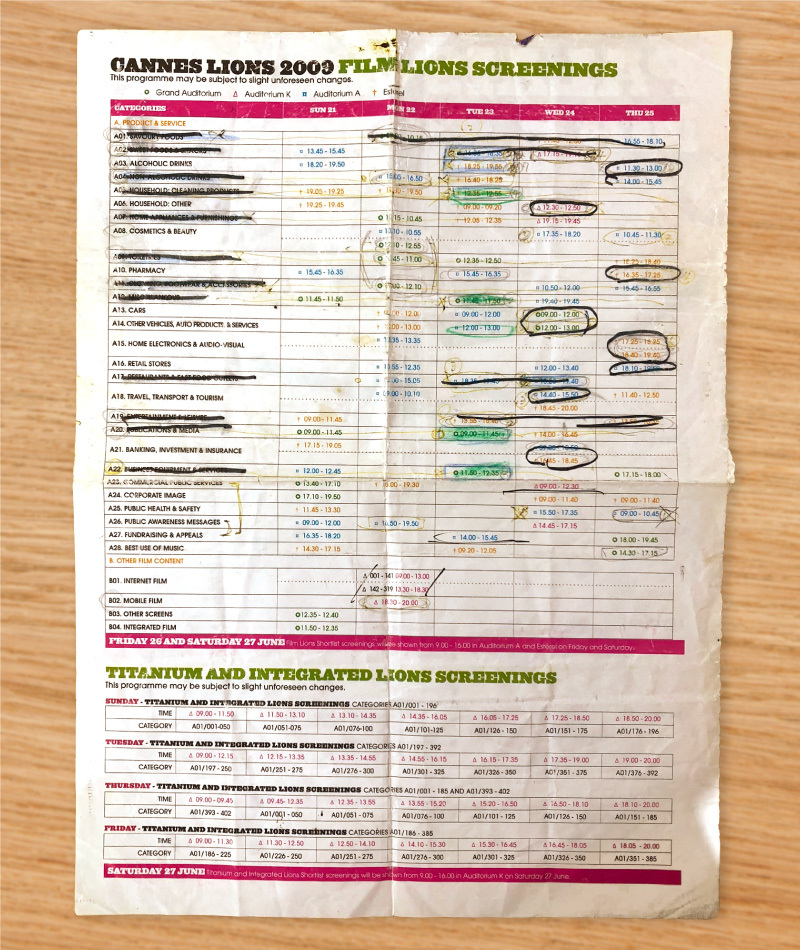Note: This website was automatically translated, so some terms or nuances may not be completely accurate.
Twenty years since the whale commercial. We're still not very good at thinking through unsolvable problems.

Takasaki Takuma
Takuma Takasaki's CM for the Public Relations Agency (now AC Japan) "imagination / Whales: Please Don't Take Creativity Away from Children"
I started working on environmental projects. I devoured books and articles, but I found myself organizing things in my head before my skin could truly understand. I became afraid I might write irresponsible things, so I reached out through connections and decided to learn from a university professor. The researcher's words were weighty, clear, and the lessons were profound. When I asked a question based on my half-baked knowledge about "marine plastic pollution," the professor smiled and said one thing.
"Before that, Mr. Takasaki, you know about acid rain, right?" I answered, of course. Then he continued calmly, "Back then, the acid rain problem captured the world's attention and became a major movement. Now, quite some time later, the issue of ocean plastic seems to be the global movement. But the acid rain problem? Not a single thing has been resolved since then."
It was shocking. Advertising is good at grabbing the world's attention. We find believable Social Good causes, boost motivation, and use our brains and experience to try and steer the world a little in a better direction. But the professor's words felt like a jab at the irresponsible part of our work, and I couldn't find the words to respond. Still smiling, the professor continued, "Environmental problems aren't something you can just fix by doing one thing. That's why we have to keep thinking about them forever." As long as humans move, these problems follow. We can't stop human movement. That's why we must constantly think and keep improving. Hearing it, it makes sense. But I feel like I've lived my life up to this point chasing one next challenge after another.
Advertising is often called a tool for solving problems. The brilliance of discovering a problem garners praise. But aren't many ads content just to find and expose the problem? Problems have answers. Maybe we believe that too much. What became of those award-winning ads and clients? How do we face problems without answers? Can we keep facing them? Perhaps advertising itself carries that kind of problem.
This whale commercial gets mentioned a lot lately. I made it over 20 years ago. The reason it doesn't feel that dated even now might be because the problem addressed here still hasn't been solved at all. While I was going round and round in my thoughts, the teacher just kept smiling.
……………………………………………
Recently, I went all out decluttering. Using "If in doubt, toss it" as my rule made me feel remarkably lighter. The mountain of rejected storyboards I kept thinking I'd eventually turn into something. Those proposals with way too many option pages. The audition videotape for the very first commercial I ever made. I threw it all away. I'll probably think "Damn it!" in a little while, but hey, if that's the price for this lightness of spirit, so be it.
My hand suddenly stopped. Nostalgia grabbed my wrist. Two thick notebooks, larger than memo pads but a bit small for planning. One from my first trip to the Cannes Lions International Festival of Creativity (then called the Cannes International Advertising Festival) in my late twenties, and one from a trip later, when I was a bit more grown up. The traces of desperately trying to absorb something from the barrage of foreign commercials I was exposed to are vivid. In a freezing cold movie theater, my lips turning purple, I was incredibly excited by commercials I was seeing for the first time. Memories of that time flood back. Without this, I never would have made the whale commercial.

My twenties were tough, no matter how you look at it. I didn't know what was interesting. I didn't know what to do. There was a part of me that wasn't drawn to hit ads. There were commercials I admired, but I had absolutely no idea how I could get there myself. During long meetings, the CD would make plausible demands on the rough storyboards my senior had made. Those would get approved in the presentation. The director would change them from the ground up. Then they'd be shot. I felt sick from the countless blindly produced rough edits. Meetings driven purely by gut feeling made me dizzy. Even I didn't know what I wanted to achieve with the storyboards I sketched. Days passed as I just scribbled down my jumbled feelings. Only the graphic design work was enjoyable. I stayed up all night helping the AD and learned a lot about design. I seriously considered going back to art school to become a designer. That was around the time I first went to Cannes.
The venue was the same as the film festival. Screenings took place in numerous theaters. Though called screenings, they were just a continuous stream of commercials entered from around the world, categorized and played back-to-back. We witnessed the entire process: jurors repeatedly voting to create shortlists. We could see the winning entries in our company's reference room, but this raw, unfiltered stream was the best. There were tons of things: stuff that looked interesting but had a clumsy ending, things you couldn't even tell what they were advertising but were visually incredible, and things that just weren't quite polished enough. There's no better teaching material than this. I could have gone on forever thinking, "If it were me, I'd do it like this," or "This is why the appeal doesn't last until the end."
Eventually, my skin started sensing something. Overseas commercials have proper logic. It's like the backbone of expression, crucial for conveying something. Working in Japan, it felt like that wasn't really needed, but this was what I wanted to do. Watching them like a flood, the occasional illogical Japanese commercial that aired seemed childish. That hugely successful commercial getting snickered at in the venue. That was the moment I saw my path.
Realizing this changed the quality of my notes. I collected countless examples of the "circuitry" of expression driven by logic. As I watched endlessly while thinking, I could feel my cells buzzing. I jotted down the circuits I found, then diligently rewrote and reviewed them back at the hotel at night. I added ideas of how a new version of myself would approach them. Feeling like I'd discovered new ways to express things, I skipped sleep, ignoring rosé wine, mussels, bouillabaisse, and the southern French sun, utterly absorbed in collecting circuits.

The commercials that didn't win were eloquent. They used circuits, but if the circuitry was visible, it cooled the viewer's interest in the creator's intent, leaving no emotional impact. Something needed to blow away the artifice. Without something stronger than the circuitry, it wouldn't win. Looking only at the winning entries, your eye is drawn to that "something stronger than the circuitry." That makes it hard to spot the circuitry actually present. But the poorly made commercials flooding the airwaves? Their logic and circuitry are completely exposed, not hidden at all, making them easy to find. They're perfect for beginners.

The most common circuit was controlling the "timeline." This was actually something the god of commercials, the great senior Akio Odagiri, had mentioned in various contexts, but back then, I only understood it as a matter of cleverly using seconds. At Cannes, I realized, "Ah, that's what he meant," and deeply regretted my previous understanding. The true thrill of film lies in manipulating the time axis. It's what keeps viewers riveted. It's such a fundamental technique that you shouldn't even be handling film if you can't use it.

This depicts a woman suffering terribly because she didn't watch the movie properly. Well, it's a terrible commercial; it would definitely go viral with backlash today. It probably wouldn't even get aired. Underlying this is the major circuit of "making the protagonist a victim." After all, commercials that don't even make the shortlist are the best teaching materials.

Some achieve a beautiful landing where the product itself is the punchline. Nothing beats laughter erupting the moment the product shot appears. Masahiko Sato, who continues pioneering expressive techniques even now, mentioned in a recent conversation that this form – where everything is resolved the instant the product appears – is truly the ideal. Late at night in a hotel, I formulate a hypothesis: To achieve this form, perhaps the key is to exaggerate the product's absence to the extreme. That's the note. What's here is just a fragment; I filled my notebook with densely written circuits.
After returning home, I used the circuits written in this notebook to create Kujira. I didn't consciously aim to craft an emotional story; instead, I created a "misdirection" piece that controlled the "timeline" within myself, "without relying on language." I felt a fusion of message and technique. Rather than choosing an emotional motif to move someone's heart, I think my visual curiosity was stronger—I wanted to swing for the fences using circuits. After that, I kept planning while staring at the notebook, trying out all kinds of circuits.

This notebook is filled with the restlessness of that time and the excitement of discovering something. It's probably something only the person who wrote it can understand. I pause my decluttering, flip through the pages, and find thoughts not much different from today's. That, in itself, is startling. Maybe people don't evolve as much as they think they do. Even the circuits haven't increased that much since then. As nostalgia grabs my arm and turns the pages, long-dormant brain muscles start moving. "Come up with more proper ideas," this notebook seems to be telling me.
After COVID hit, I stopped going to the office. It became harder to feel the energy of other teams working somewhere, somewhere. I felt I had to teach the younger generation the real thrill of this work somewhere, so I revived something like the planning workshop I used to run called "Teragoya." I wanted to convey as much of the fun written in this notebook as possible. We talked with everyone, blending online and in-person.
When I showed them this Cannes notebook, they said, "We don't know where to find all that compiled in one place." Ah, right. We're now in an era where you can see anything, anywhere, anytime—so much so that finding things has become a struggle. Has the place to immerse yourself in a whole package become harder to find? Have opportunities to encounter the best teaching materials that never won awards vanished? It's quite a challenge. Sharing PDFs of the notebook and links to past commercials, I realized how inefficiency creeps into these areas too. My passion back then was undoubtedly fueled by overly strong air conditioning. That's just how experience works.
Back then, at the end of the whale commercial, I wrote: "Please don't take away children's imagination." Twenty years later, those words come back to sting like a boomerang. What can we do to prevent this wonderful treasure called imagination from withering away? Like environmental issues, this is probably an eternal challenge.
Was this article helpful?
Newsletter registration is here
We select and publish important news every day
For inquiries about this article
Author

Takasaki Takuma
Joined Dentsu Inc. in 1993. Received numerous domestic and international awards, including his third Creator of the Year award in 2010, following previous wins in 2013. His publications include "The Art of Expression" (Chuo Koron Bunko), the novel "Auto Reverse" (Chuo Koron Shinsha), and the picture book "Black" (Kodansha). Hosts J-WAVE's "BITS&BOBS TOKYO." Co-wrote and co-produced the film "PERFECT DAYS," which won the Best Actor Award for Koji Yakusho at the 2023 Cannes Film Festival. Left Dentsu Inc. in March 2025.